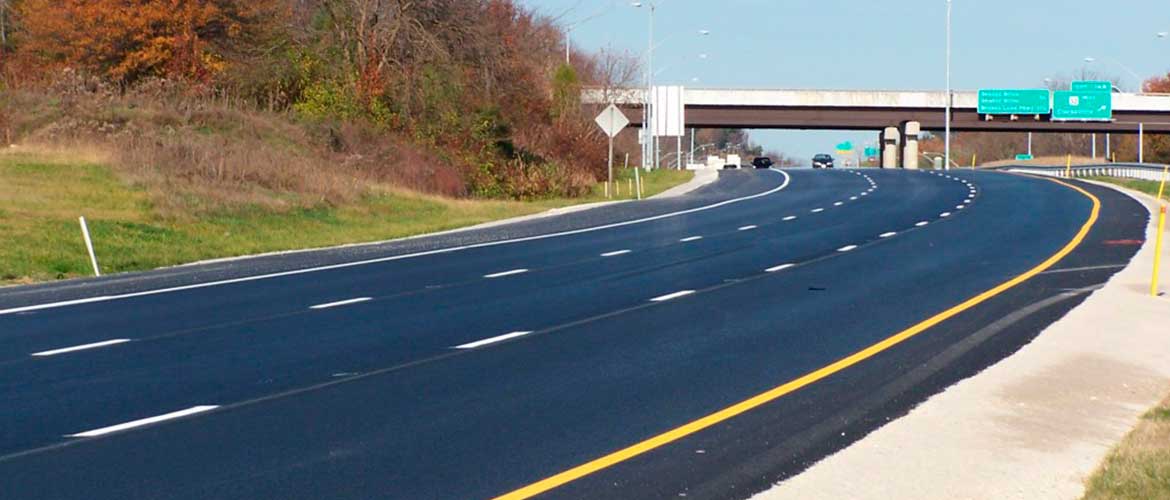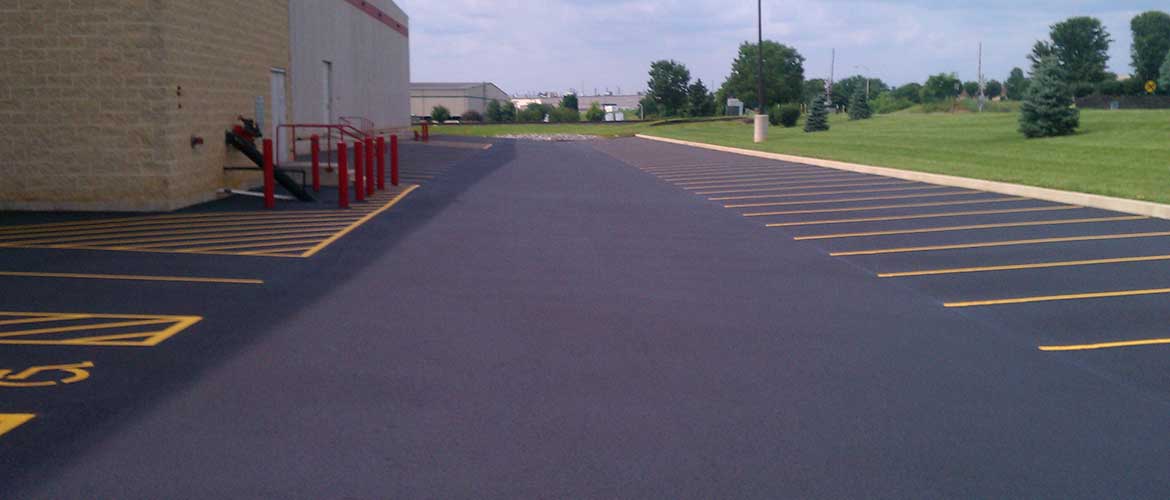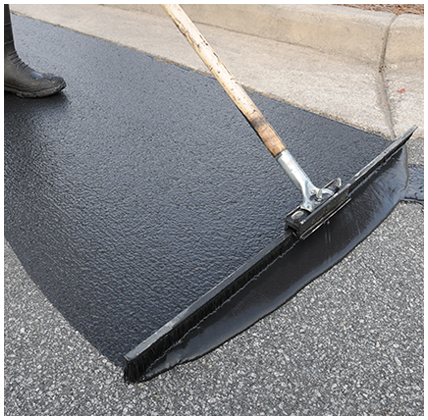Our services
We are professional dedicated to ensuring successful at competitive prices in the industry results.
Asphalt Paving
Asphalt pavements are and continue
to be America’s pavement of choice.
Today’s current national and local economic
conditions – combining reduced funding with high
infrastructure needs – have elevated the
importance of prudent spending. Decision
makers exercising good stewardship practices can
easily justify their decisions
and choices to their constituents.
Good stewardship practices include a detailed,
logical, and documented pavement type
selection process that includes
a life-cycle cost analysis
as a key component.
SealCoating
We use only the finest commercial asphalt
pavement sealers specifically designed
for the toughest climate conditions and we
guarantee our work.
All of our sealcoating is done using premium grade coal tar and asphalt emulsion sealers, the best and most technologically advanced sealers available today. Our sealer is also fortified with approx. two- three pounds of silica sand per gallon for traction and skid resistance, as well as a rubberized polymer epoxy latex agent (approx. 2- 3%) that aids in the flexibility of the material, as well as sand suspension, and giving the sealer its rich black color upon drying. Additional fast dry materials are also added in most cases to help re-introduce vehicle traffic faster. All materials used by our company meet every federal and state specification for use in our line of work.
US$100 FREE
new customers on any of the services.






We are often able to beat our competitor's prices
- but our competitors can never beat our quality
INTERNATIONAL SEALCOATING
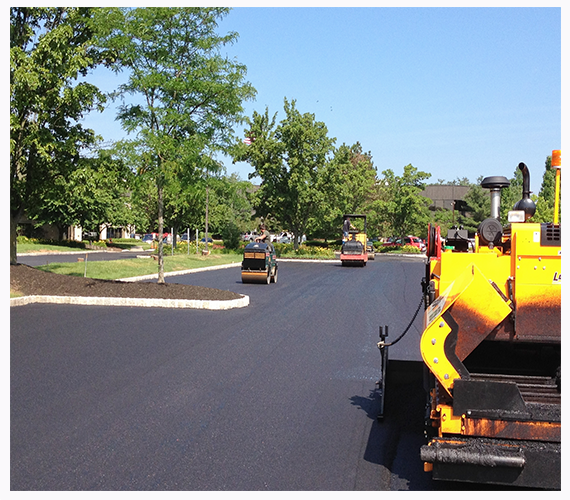

Benefits | Why do I need to seal asphalt?
Asphalt is a very complex mixture of thousands of chemicals, which are predominantly open chain (aliphatic) in structure with a considerable degree of un-saturation within their molecular structure. The open chain provides easy access to water, salt, oils which disintegrates the asphalt molecules, i.e. reducing its binding and waterproofing abilities. The first sign of this is the change in the asphalt's colour. It changes or fades from black to gray.
Once the asphalt binder has been lost, the surface will become brittle and start to ravel (top layer of rocks will loosen and start to come out) the flexibility will lessen and cracks will appear. Water will get into the base and damage the pavement's load bearing capacity. By sealcoating, we are providing a flexible, stable and homogeneous compound to act as a barrier to protect asphalt surfaces from the damaging effects of the elements.
How long should traffic stay off the parking lot after you seal it? Ideally we recommend that it be allowed to cure for 24 hours or at least over night.
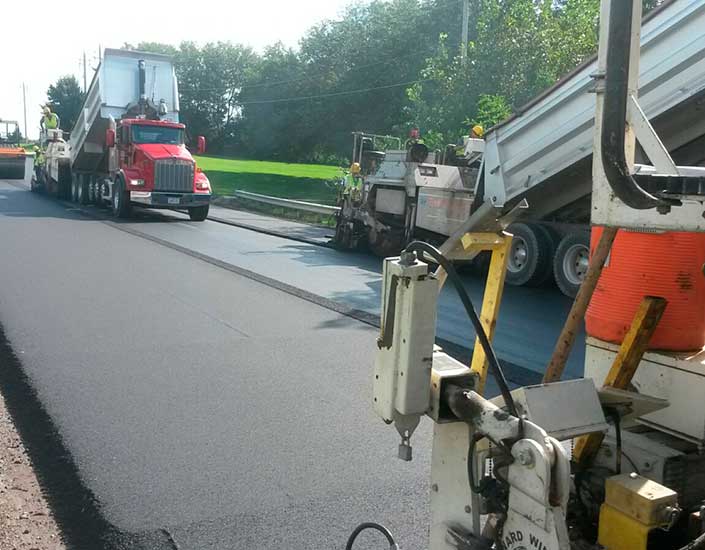
It is like sun bloc
It is like sun block. We know that asphalt is a mixture of aggregate (small stones) and mineral fillers (sand) combined with 4.5% to 12% (average 6%) asphaltic binder (asphalt cement). It is this binder that needs to be protected from deterioration. This binder is highly subject to problems with ultraviolet rays, moisture and traffic overload. By placing a sealcoat over the asphalt you are placing a protective barrier over the asphalt. This process of applying a sealcoat every 3-6 years will double the life of your asphalt, saving you from having to carry out costly repairs.
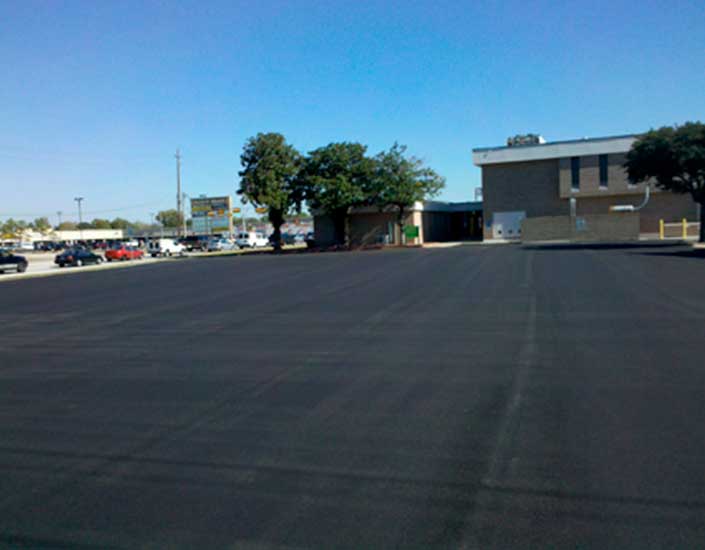
Short answer is one year from construction
Short answer is one year from construction. Ideally an asphalt pavement should be sealed as soon as the surface has fully cured (6 months). Sealer can only be applied when it is sunny and the temperature is 15°C and rising.
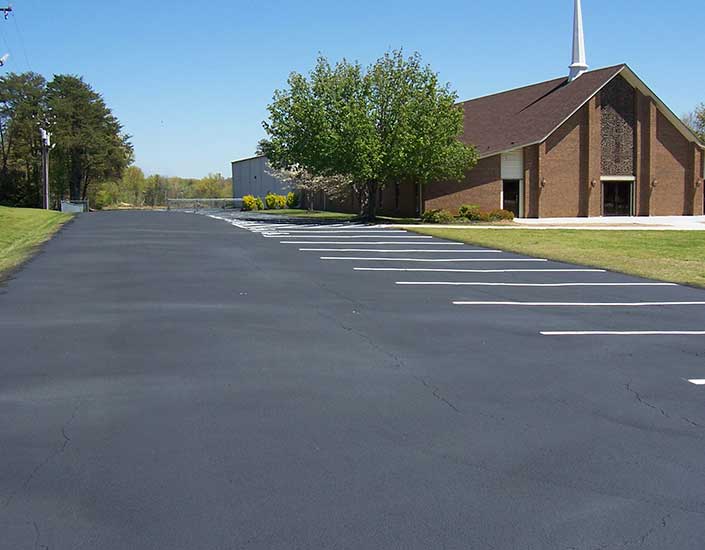
This depends on many factors:
This depends on many factors: the number of coats, the amount of traffic, how much sand and salt is put on in the winters, whether it is in the shade more than the sun, how much water runs over it, etc. Having said that, the average for driveways is between 4 and 6 years. Parking lots and Condos 3 to 5 years but less at the entrances.
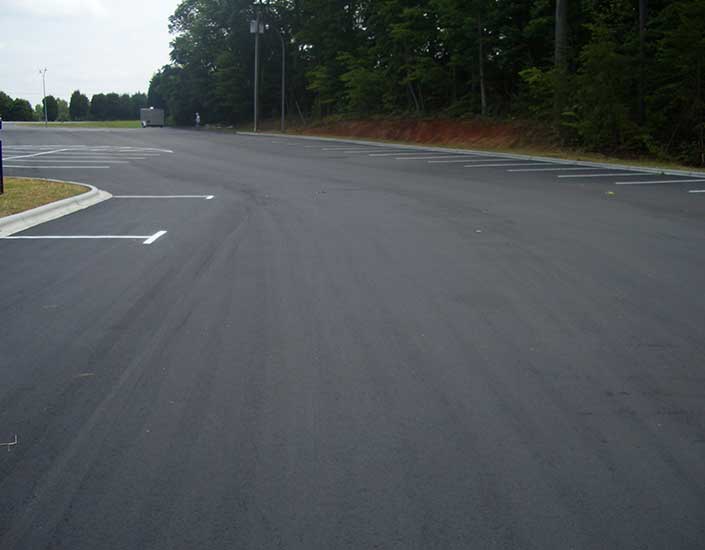
Absolutely not! A sealcoat is a preservative coating but has no structural value. Minor cracks should be sealed with a hot pour, rubberized material prior to sealcoating. Network cracked areas should be excavated and repaired with a sufficient thickness of asphalt prior to sealcoating.
Will sealcoating allow us to get anther couple of years out of our old, cracked pavement?
Unfortunately no. This is a common misconception. Sealcoating at the end of a pavement life cycle is a waste of money. It would be like someone painting a car that had rusted out. Cracks will only be highlighted and water will continue to have a free path to the base layer. If a driveway or parking lot is too far gone, it is better to save the money spent on sealcoating and apply it towards repairs and eventually an overlay of new asphalt.




